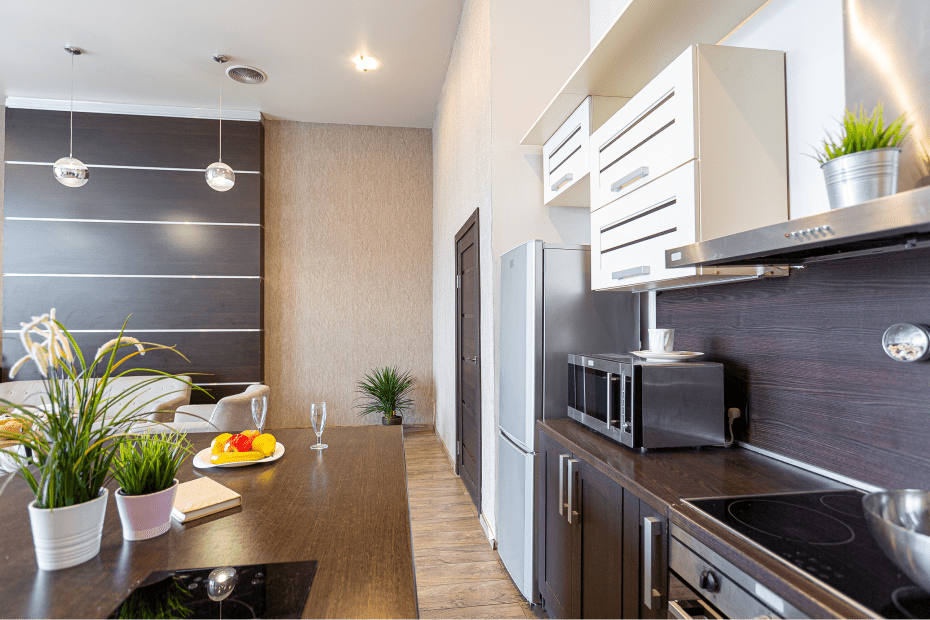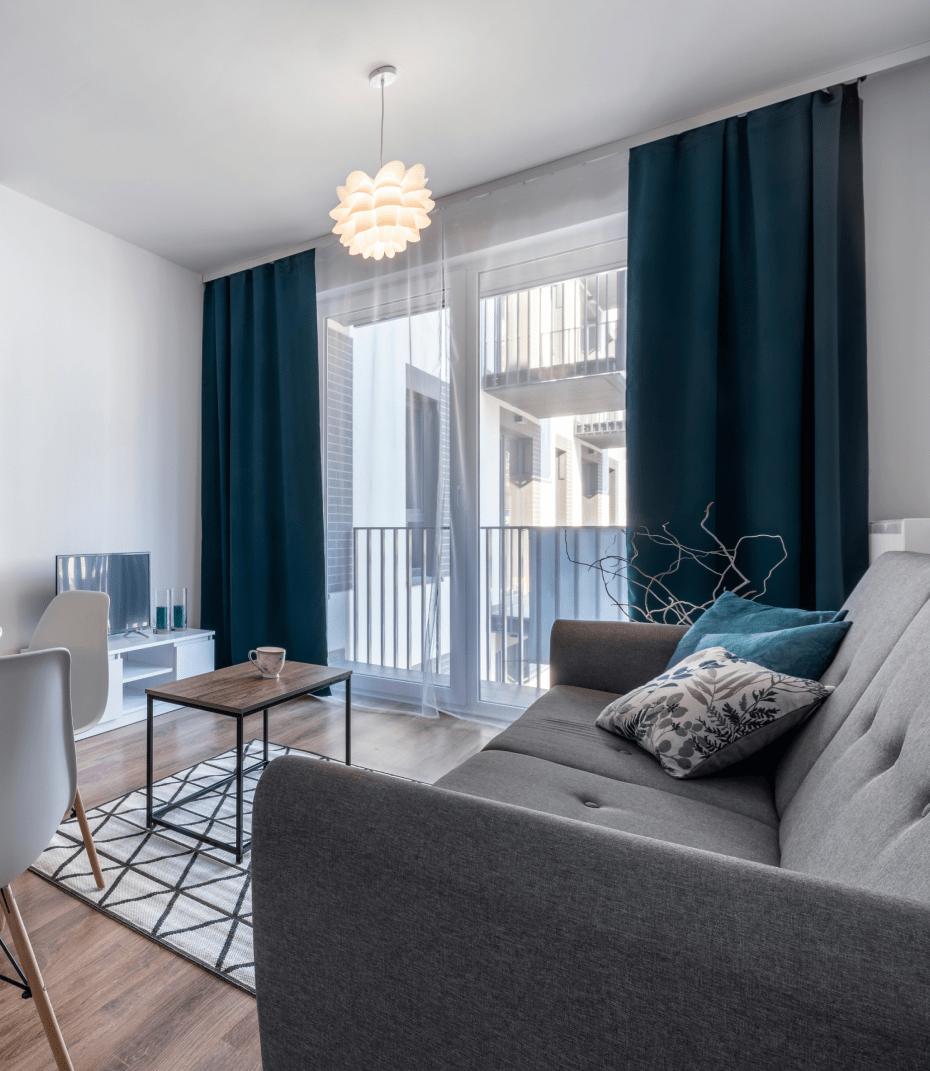Buy to Let properties can be highly lucrative for property investors, particularly in areas that produce high yields.
However, there are several buy-to-let taxes that prospective landlords should be aware of when investing in UK property. For first-time property investors, this may be something you’ve not come across before and leave you with many unanswered questions.
As property investment experts with industry knowledge, we’ve put together this helpful breakdown of some of the different types of property taxes.
Outlined below are the three main ones – Capital Gains Tax, Income Tax and Stamp Duty Land Tax.
Alternatively, you can see how we work with property investors here









